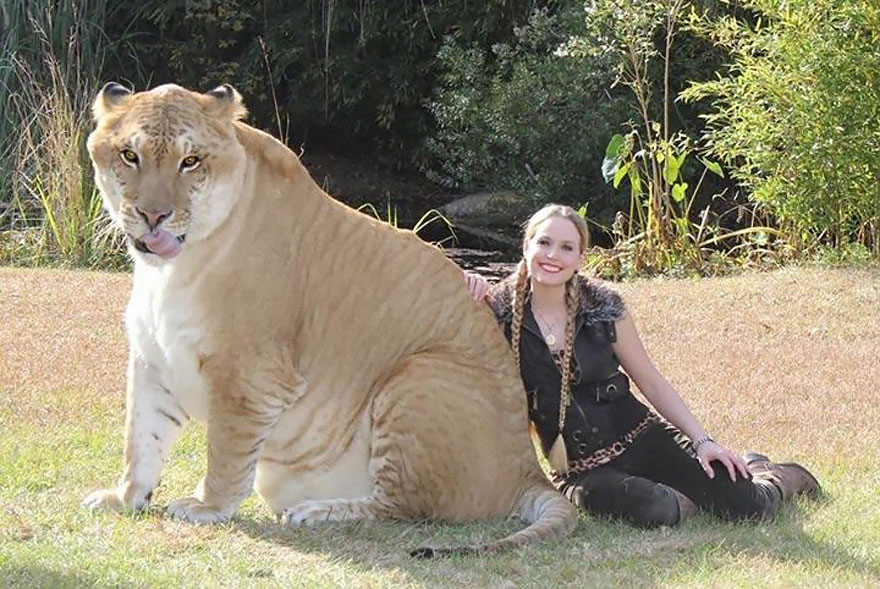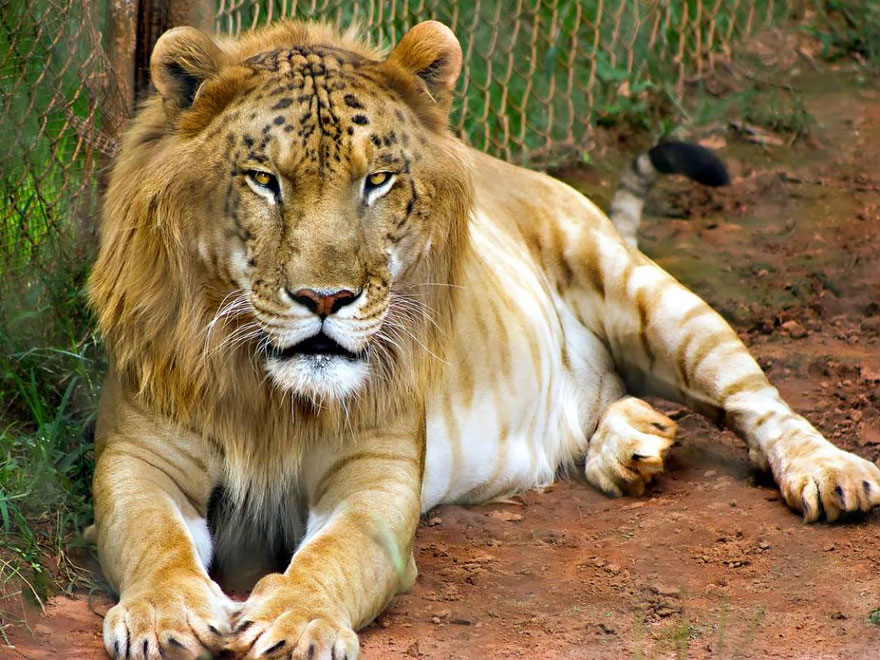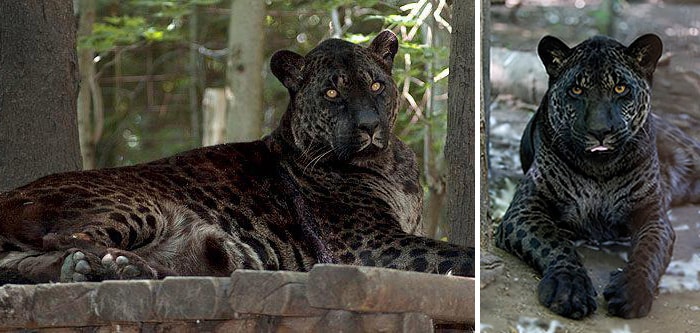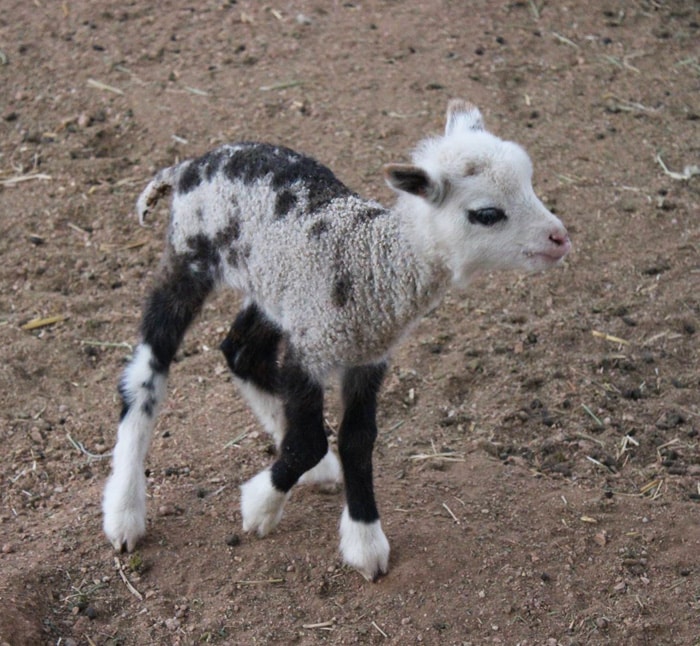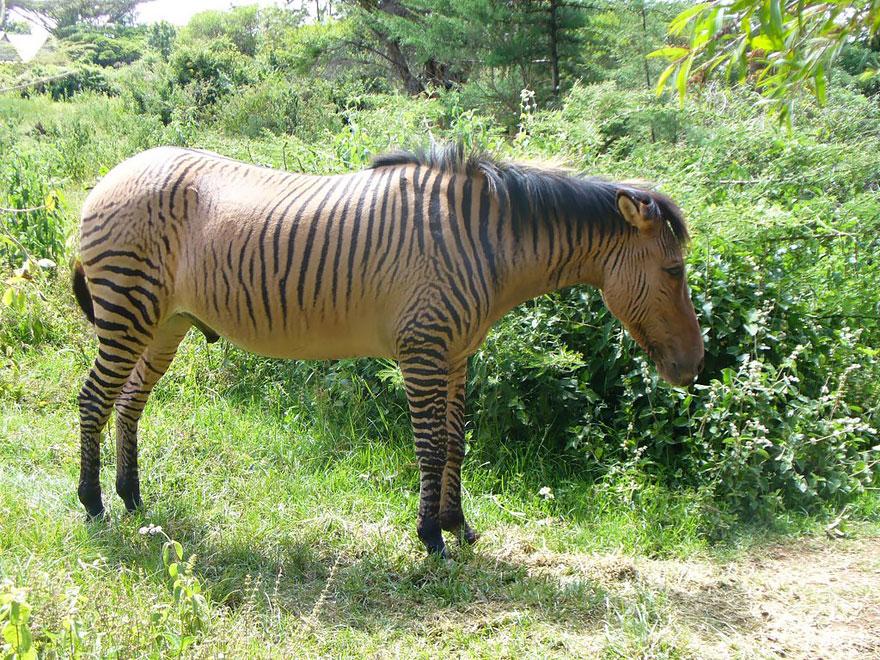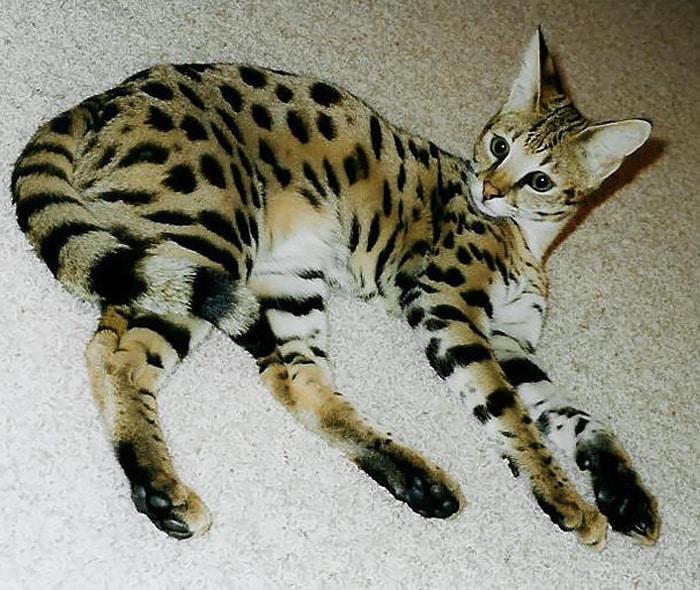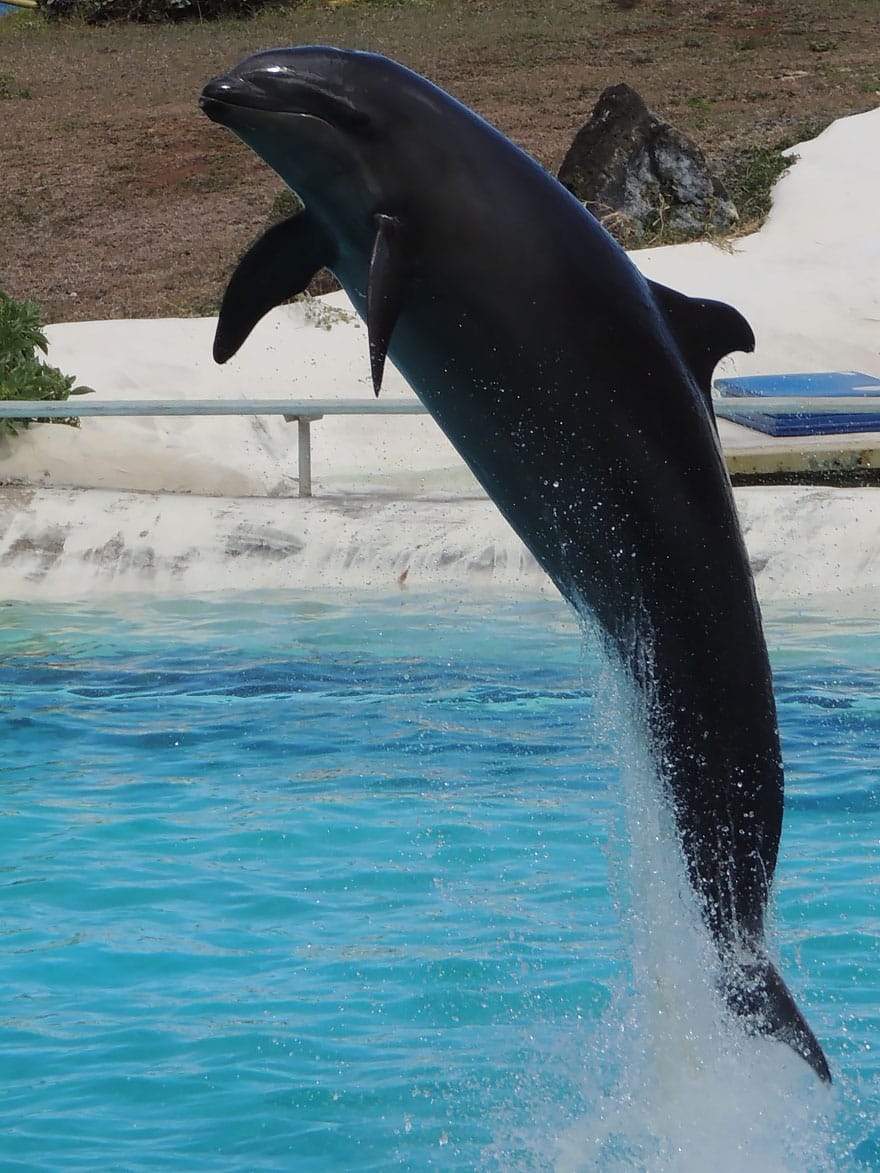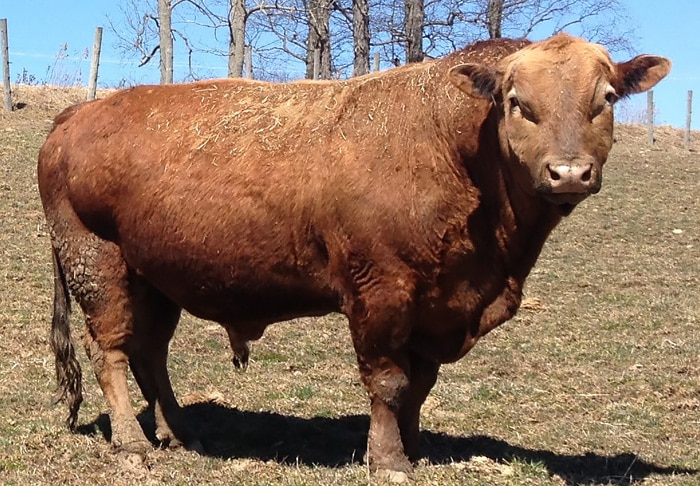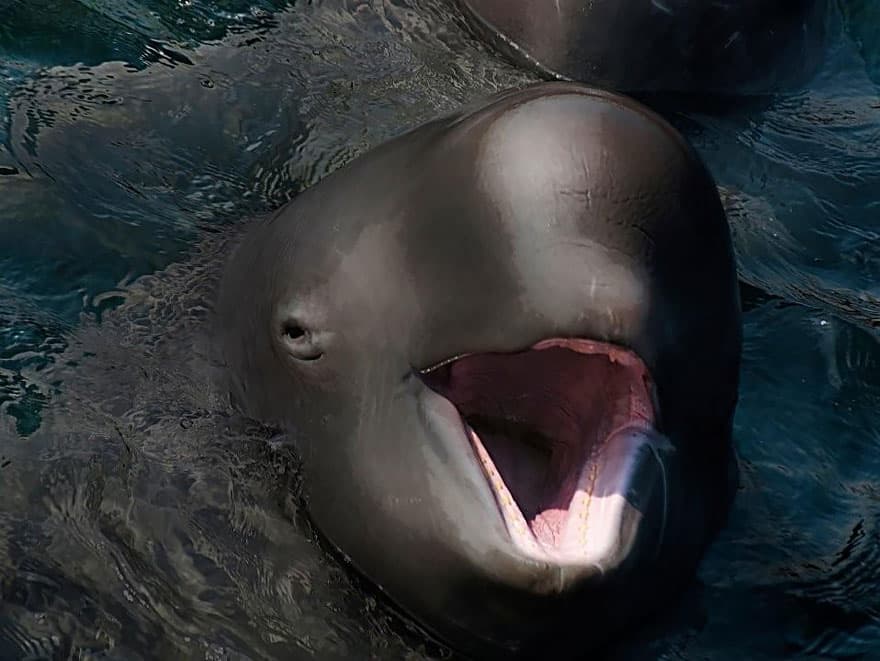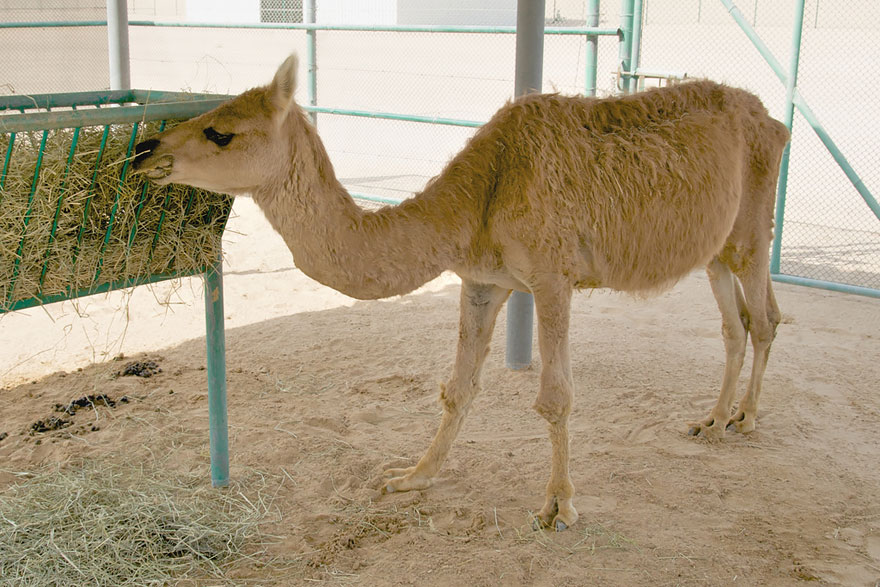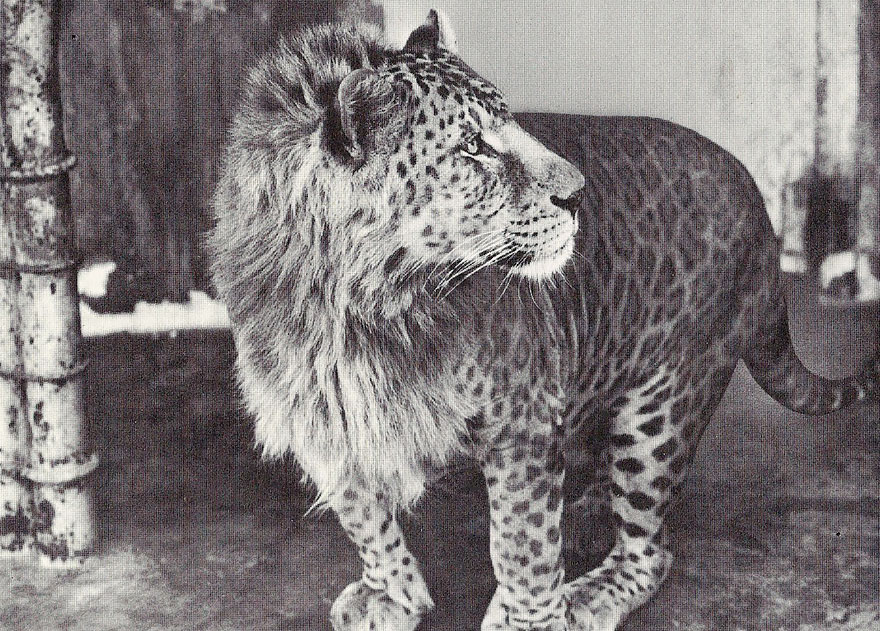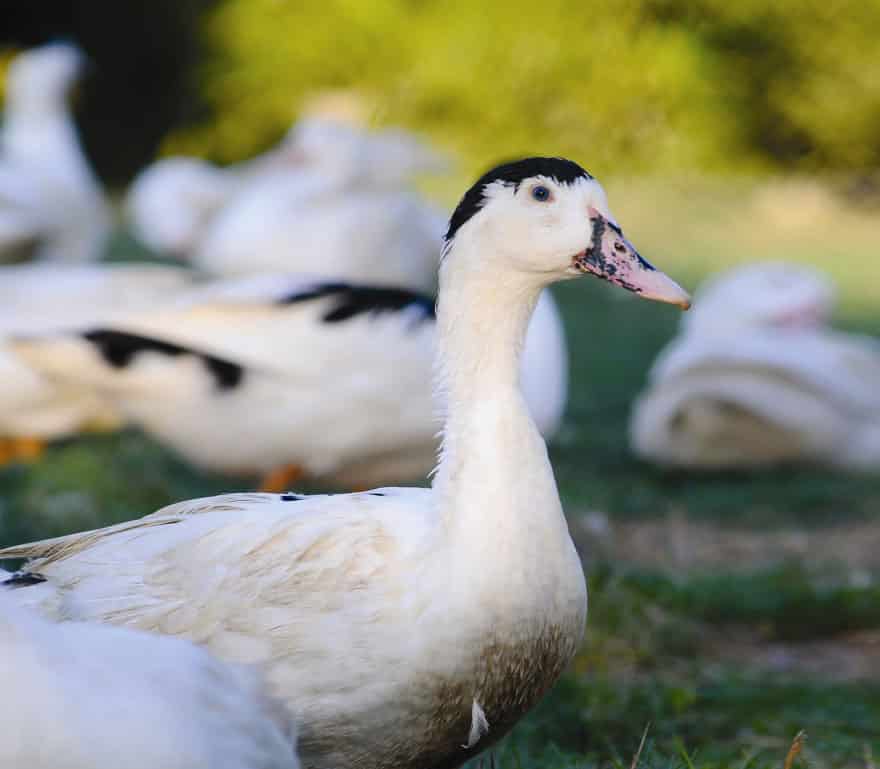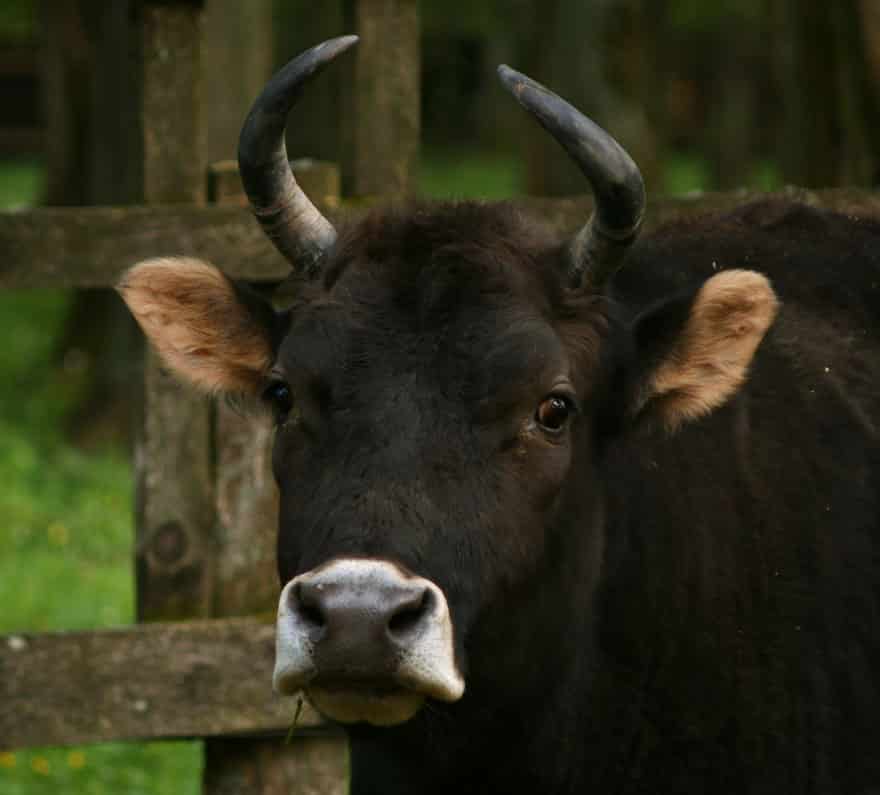Legend is filled with unusual, hybrid creatures, and Photoshoppers have devoted numerous hours to creating new ones. However this listing accommodates no Photoshopped photos: all of those animals are actual! You’ve all heard of the liger, however what concerning the narluga? Or the leopon?
This record of REAL hybrid animals will shock and amaze you. What does the long run maintain, with advances in genetic engineering and cloning? Solely time will inform! Hold studying to seek out out extra about these unfamiliar beings.
(h/t: ohmyimaginaryfriend)
Liger ( Male Lion + Female Tiger)
(Image credits:Â ohmyimaginaryfriend)
Although there are rumors of wild Ligers, as far as we know, they exist only in captivity where they are deliberately bred. They grow to be very large very quickly, and are the biggest cats in the world. Hercules, the largest non-obese liger, is the largest living cat on Earth, weighing over 410 kg (904 lb). (source:Â wikipedia.org/wiki/Liger)
Tigon (Male Tiger + Female Lion)
(Image credits:Â ohmyimaginaryfriend)
How far can you go? Did you know that Ligers and Tigons also reproduce? We’ll leave it up to you to figure out what their offspring are called! (source: wikipedia.org/wiki/Tigon)
Zonkey (Zebra + Donkey)
(Image credits:Â firenze.repubblica.it)
A variation of the aforementioned zebroid. (source: wikipedia.org/wiki/Zebroid)
Jaglion (Male Jaguar + Female Lion)
(Image credits:Â bearcreeksanctuary.com)
A rare combination. These photos are of Jahzara and Tsunami, born at Ontario, Canada’s, Bear Creek Wildlife Sanctuary. (source: wikipedia.org/wiki/Panthera_hybrid)
Geep (Goat + Sheep)
(Image credits:Â My Petting Zoo)
Another rare animal, as the offspring of goat and sheep pairings are usually stillborn. (source:wikipedia.org/wiki/Geep)
Grolar Bear (Polar Bear + Brown Bear)
(Image credits:Â dpa)
Also called “pizzly bears,†most grolar bears live in zoos, although there have been a few confirmed sightings in the wild. (source: wikipedia.org/wiki/Grizzly polar_bear_hybrid)
Coywolf (Coyote +Wolf)
(Image credits:Â Anne Marie Fraser)
Coyotes and eastern wolves only diverged some 150-300,000 years ago, and the two are able to produce offspring. The resulting Coywolves share many behavioral characteristics, and are between the coyote and wolf in size. (source: wikipedia.org/wiki/Coywolf)
Zebroid (Zebra + Any Other Equine)
(Image credits:Â panoramio.com)
Darwin was one of the first to mention the Zebroid, an unruly animal that is hard to tame, and is more aggressive than a horse. (source: wikipedia.org/wiki/Zebroid)
Savannah Cat (Domestic Cat + Serval)
(Image credits: nitewindes.com)
These beautiful creatures have been described as dog-like, enjoying games of fetch, wagging their tails, and having no fear of water. They are extremely expensive. (source:Â wikipedia.org/wiki/Savannah_cat)
Wholphin (Male False Killer Whale + Female Bottlenose Dolphin)
(Image credits:Â sbingham.seabird)
False killer whales actually come from the same family as dolphins, but despite this, they are extremely rare. Only one wholphin exists in captivity. (source: wikipedia.org/wiki/Wholphin)
Beefalo (Buffalo + Cow)
(Image credits:Â beefalo.bandcamp.com)
Also called “cattalo,†they’ve been around since 1800, and are heartier than cattle and do less ecological damage when grazing. Unfortunately, as a result of the breeding, it’s believed that only four wild buffalo herds exist that aren’t contaminated by cow genes. (source:wikipedia.org/wiki/Beefalo)
Hinny (Female Donkey + Male Horse)
(Image credits: unknown)
Slightly smaller than mules, they’re also much less common. (source: wikipedia.org/wiki/Hinny)
Narluga (Narwhal + Beluga)
(Image credits: unknown)
Extremely rare, although there has recently been an increase in sighting in the North Atlantic.
Cama (Camel + Llama)
(Image credits:Â craigwright)
First produced at the Camel Reproduction Centre in Dubai in 1998 via artificial insemination, they were created for their fur and use of pack animals. Only 5 were ever made. (source:Â wikipedia.org/wiki/Cama)
Dzo (Cow + Wild Yak)
(Image credits:Â tomato umlaut)
Prized in Tibet and Mongolia for their meat and quantity of milk they produce, they are larger and stronger than both cows and yaks. As with the beefalo, however, it’s believed that both animal breeds in the region now have contaminated genes. (source: wikipedia.org/wiki/Dzo)
Leopon (Male Leopard + Female Lion)
(Image credits: unknown)
These beautiful animals have only ever produced in captivity. (source: wikipedia.org/wiki/Leopon)
Mulard (Mallard + Muscovy Duck)
(Image credits:Â prodejdrubeze.cz)
Bred for food, the mulard is unable to produce offspring. (source: wikipedia.org/wiki/Mulard)
Żubroń (Cow + European Bison)
(Image credits:Â wikimedia.org)
Stronger and more resistant to disease, they were initially thought to be a possible replacement for cattle. Now, only a small herd exists in Bialowieski National Park in Poland. (source: wikipedia.org/wiki/Żubron)
via bored panda

